Bats are the unsung heroes of controlling mosquitoes and other insect pests. Some bat species are native pollinators of plants, including plants that are important for humans. Thankfully, bats are doing these good deeds everywhere, including in our nation’s capital.
And sometimes even office-dwelling Beltway conservationists strap on their boots and headlamps, and lend a hand to learn more about the creatures around us. As fellow bat lovers and bat tourists, we recently volunteered our assistance to survey for bats in Rock Creek Park, the green heart of Washington, D.C., and the third oldest national park in the country. We joined Washington, D.C. Fisheries and Wildlife (DCFW) biologist, Lindsay Rohrbaugh, and her technicians, Catherine Fox and Lindsay Mann, in their summer field work.
The purpose of the survey is to monitor bat populations and conduct surveillance for and document any presence of white-nose syndrome (WNS), as well as identify and conserve important habitat of WNS-affected bat species. WNS is a devastating disease that affects cave hibernating bat species and is responsible for the death of millions of bats in North America. The disease-causing fungus (Pseudogymnoascus destructans) colonizes the bats’ skin during hibernation, creating itchy lesions that cause infected bats to wake up, fly out of the cave during freezing temperatures, deplete their fat reserves and starve. No cure exists for WNS, and it continues to spread across the country and decimate bat populations, with the number of northern long-eared bats (Myotis septentrionalis) falling by as much as 99% in the northeastern U.S.
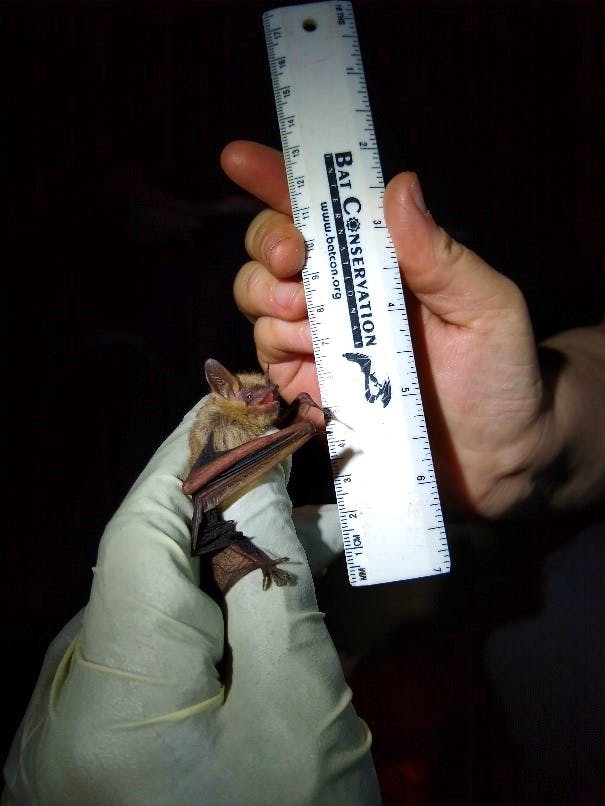
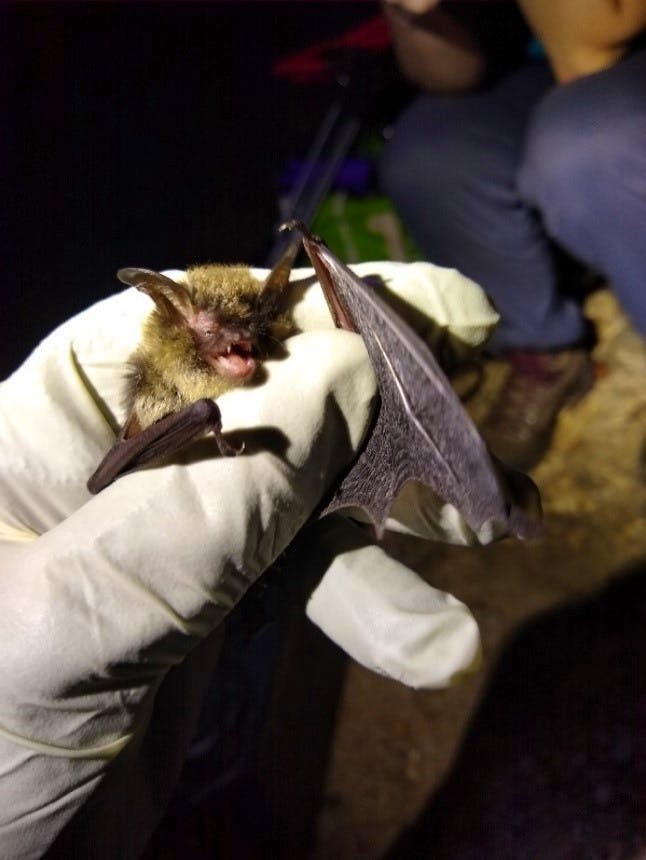

Thankfully, Washington, D.C., has no documented cases of WNS, but it is surrounded by states that do. As recommended in the DC Wildlife Action Plan, continued research and monitoring for the disease are important for helping to prevent and manage for further spread of the highly contagious fungus.
Capturing flying bats is an involved process. Between two poles are strung fine mesh nets, called “mist nets,” which are used by biologists to capture bats or birds for research. We helped our colleagues erect the poles, which proved tricky along the muddy edges of Rock Creek—but these women were equipped with guy-wires and spunk, so they mastered every challenge with ease. Trudging through the creek in our rubber boots, we strung up mist nets (some almost 60 feet wide!) and pulleyed them up to amazing heights—sometimes as high as 24 feet. Then we waited anxiously for bats to fly into the nets. And to our great excitement, right off the “bat,” we captured a northern long-eared bat!

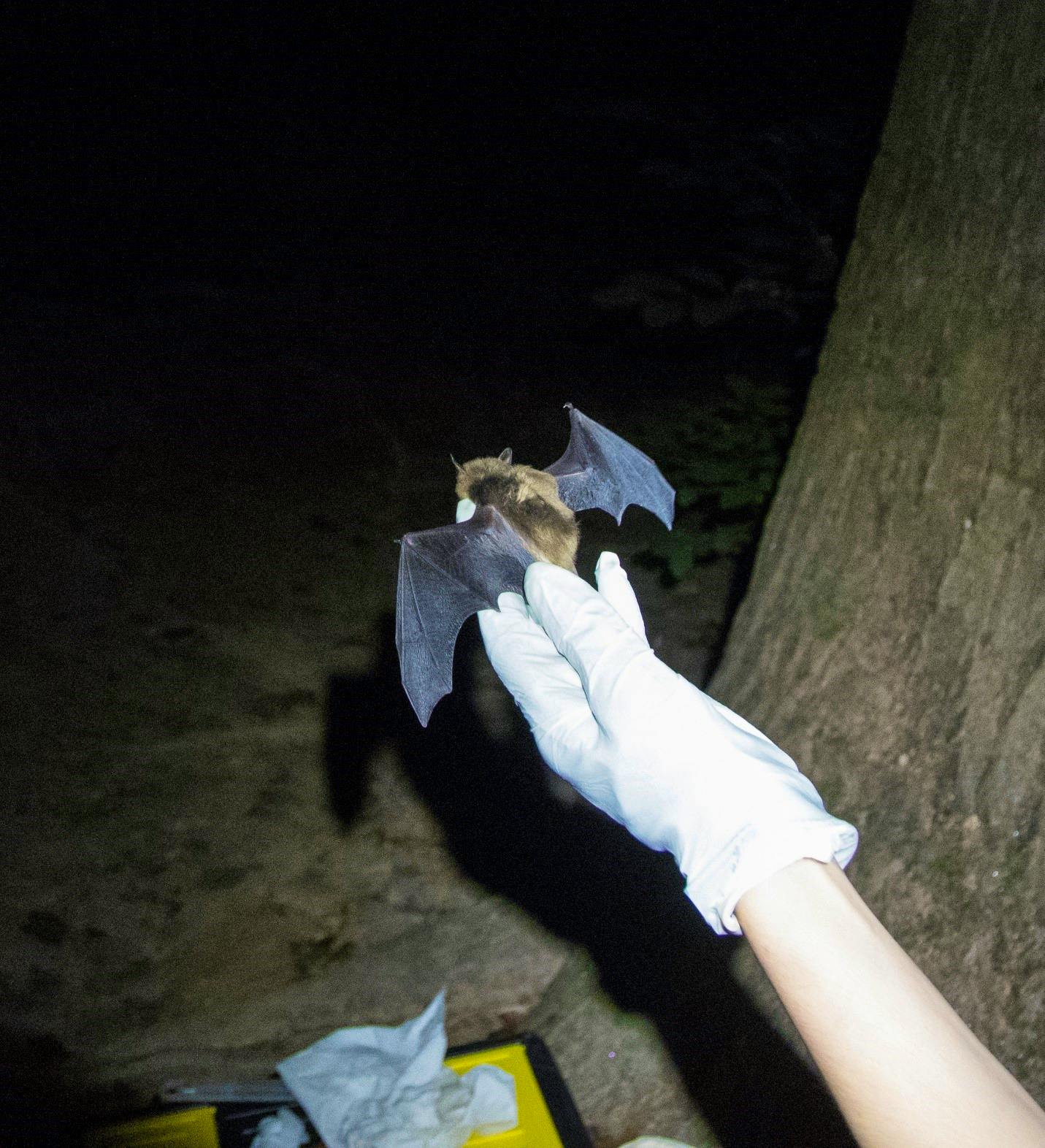

Concern for northern long-eared bats caused the U.S. Fish and Wildlife Service (FWS) to list the bat as “threatened” under the Endangered Species Act in 2015. Defenders of Wildlife is currently fighting in court to increase protections for the species by uplisting it to “endangered.”
FWS provides a permit to Rohrbaugh to capture bats, take measurements, look for signs of possible exposure to WNS, and affix a band with a unique code to the females. The band allows researchers to track the bats to identify their maternity roosts where WNS could be transmitted. Rohrbaugh’s work is contributing to a network of agencies and organizations committed to forming a united front against this horrific disease.
Next in the net was a tri-colored bat (Perimyotis subflavus)! The tri-colored bat is also affected by WNS, and is another species that Defenders of Wildlife and the Center for Biological Diversity have petitioned to add to the federal threatened and endangered species list.
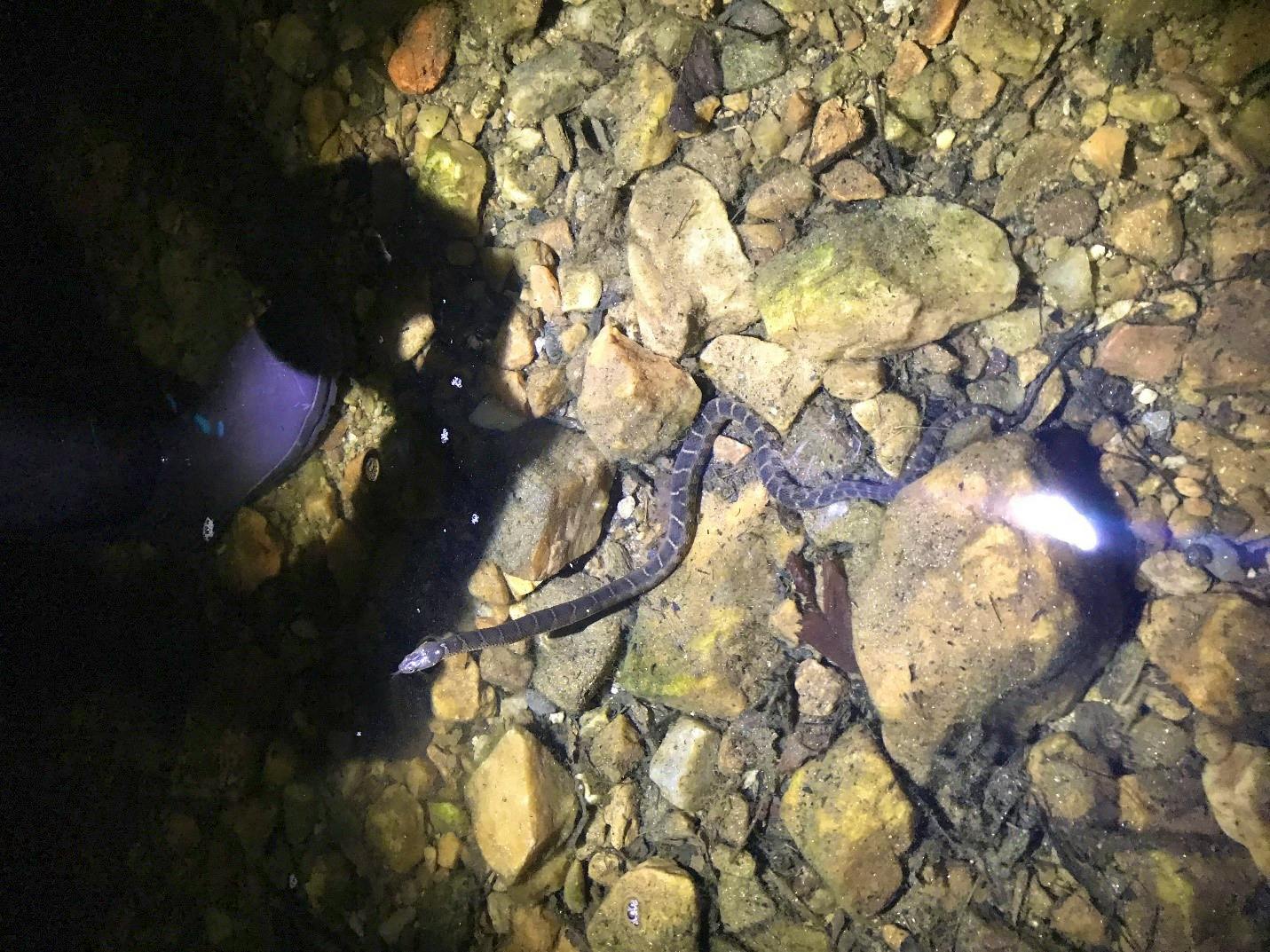
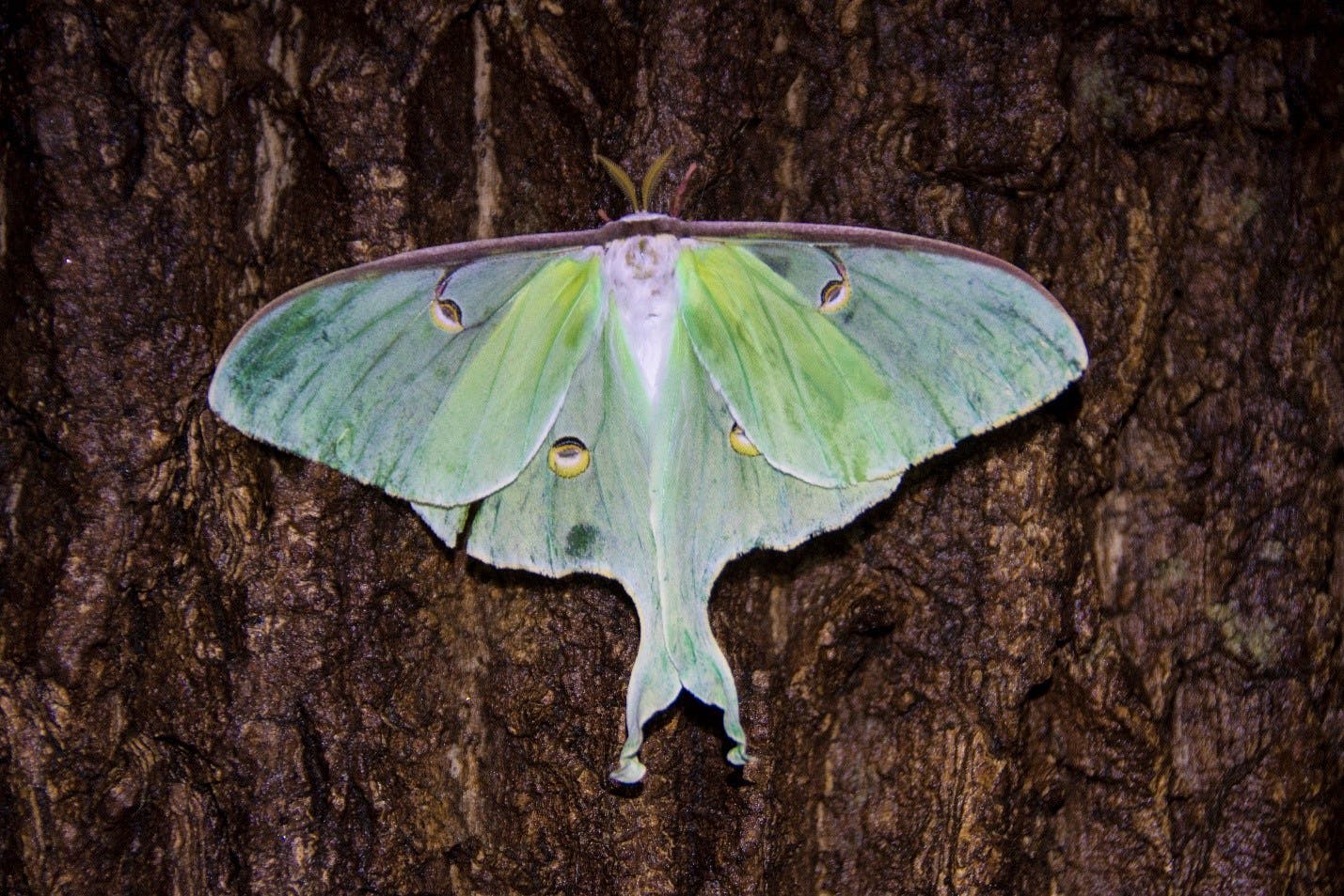
We continued to catch other bat species over the course of the evening and into the wee hours of the morning, including big brown bat and eastern red bat. By 1:30am it was time to pull down the nets and head home. Work at our regular desk jobs was just hours away.
While we both love traveling the world to see different bat species, there’s nothing like seeing these little cuties in our own backyard. Washington, D.C. is a city rich with biodiversity and habitats, including rivers, wetlands, forests, and grasslands. It’s good to know that our precious yet declining bat species and the devastating impacts of WNS are being addressed in a scientific and strategic way by biologists like Rohrbaugh, her agency, and the DC Wildlife Action Plan.






